Everything Else


How To: Understand arches
An arch is a structure commonly used in bridges and buildings. This video presents examples of the arch as a structural unit and introduces the concepts of compression and tension. Provides support for the structures and mechanism unit of grade 6 to 8 science programs. Understand arches.

How To: Construct a model of a geodesic dome
This video explains how to construct a model of a geodesic dome from paper and shows how to draw triangles with a compass and straight edge. Construct a model of a geodesic dome.

How To: Understand batteries and how they work
This video explains electricity as the flow of atomic particles called electrons. Animations demonstrate electron flow. Batteries are described as chemical devices designed to create electron flow. Terms covered in video include Volts, current and Amperes

How To: Build an electromagnet
This video demonstrates the relationship between electricity and magnetism and shows how to construct an electromagnet using a 4 inch iron nail, 5 meters of copper wire and a 1.5 volt AA battery. Electromagnetism was discovered by the Danish scientist Oersted. Electromagnetism is the science behind electric motors, solenoids, speakers and electromagnets.

How To: Understand the life cycles of a bee
The life cycle of a honey bee is presented as an example of complete metamorphosis, the development of an insect from egg to larva, then pupa, then adult. Moths, butterflies and wasps also develop with complete metamorphosis. Some aspects of beekeeping are also discussed. A resource for teaching the life cycle of insects. Understand the life cycles of a bee.

How To: Make a lamp out of lime
See how heating a chunk of quick lime can create a superbright spotlight or flash. This is great as a filming trick or for your at home movie set.

How To: Make liquid cornstarch
Watch this video until the very end because the last effect is the most spectacular. The video is in real time, meaning it is not played faster. The liquid is in a bowl and being vibrated, it should behave like a normal liquid but instead it performs like some sort of alien sci-fi substance. Make liquid cornstarch.

How To: Have fun with acid
This video will show you something neat you can do with some easy to obtain acid, and it is a great science project. Have fun with acid.

How To: Carbonate water aesily and for little money
Have you ever wanted to make your own carbonated beverages such as soda and carbonated water?t costs very little and can be made with stuff found around the house. It's great for making homemade sodas, seltzer water, and even re-carbonating flat beverages. Carbonate water aesily and for little money.

How To: Make your own lightning globe
This instructional video will show you how to make one of those cool lightning globes with about $5.00 worth of parts.WARNING This makes use of some very high voltage. It could be potentially lethal, especially if you are standing in a puddle of water. Watch this video tutorial and learn how to build a lightning globe.

How To: Make crystal clear ice
In this instructable I will show you how to make crystal clear ice without any special equipment! it is super easy! you will be surprised.

How To: Run an at-home fusion reactor
This is a Popular Science tutorial on how to operate an at-home nuclear fusion reactor. Here Thiago Olson, a 15 year old, built a reactor in his garage.
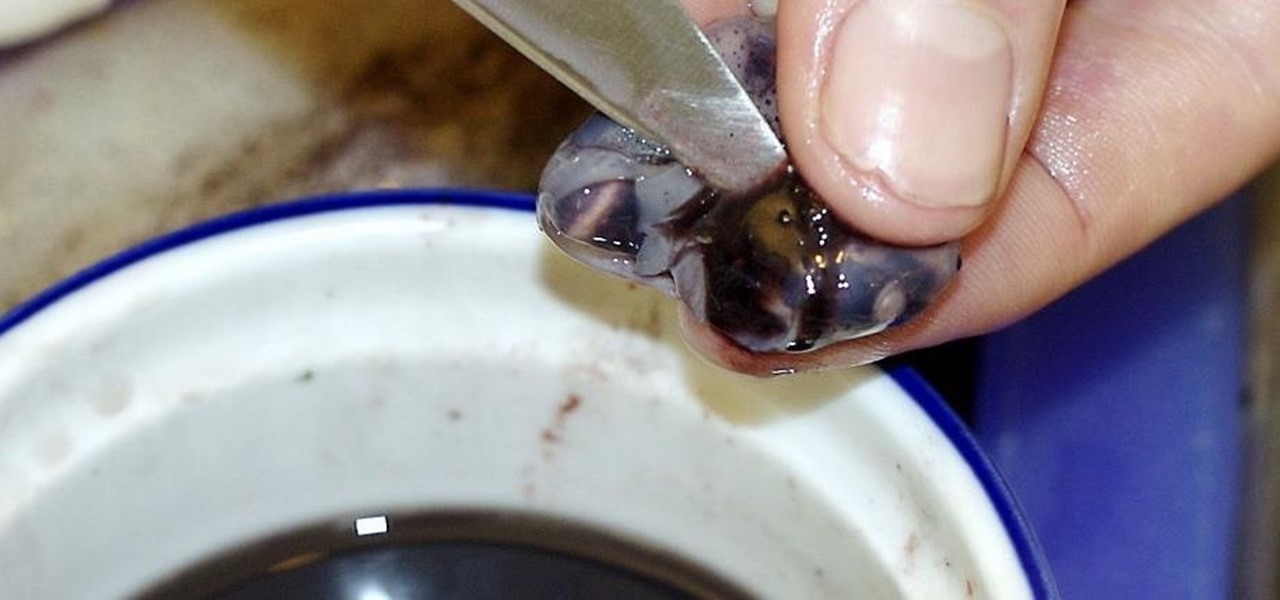
How To: Harvest Squid Ink
This is an Instructable by canida on how to harvest squid ink. Clean your own squid, and collect ink for printing or cooking!

How To: Understand erosion of rocks
From the beaches of Florida to the mountains of California, learn how wind, water, ice and gravity can erode big rocks into smaller rocks, and eventually into soil.In this video you will learn how small rocks mix with organic material and become soil. There are a number of other ways shown that breakdown rocks. This video was made by Robert Krampf! Understand erosion of rocks.
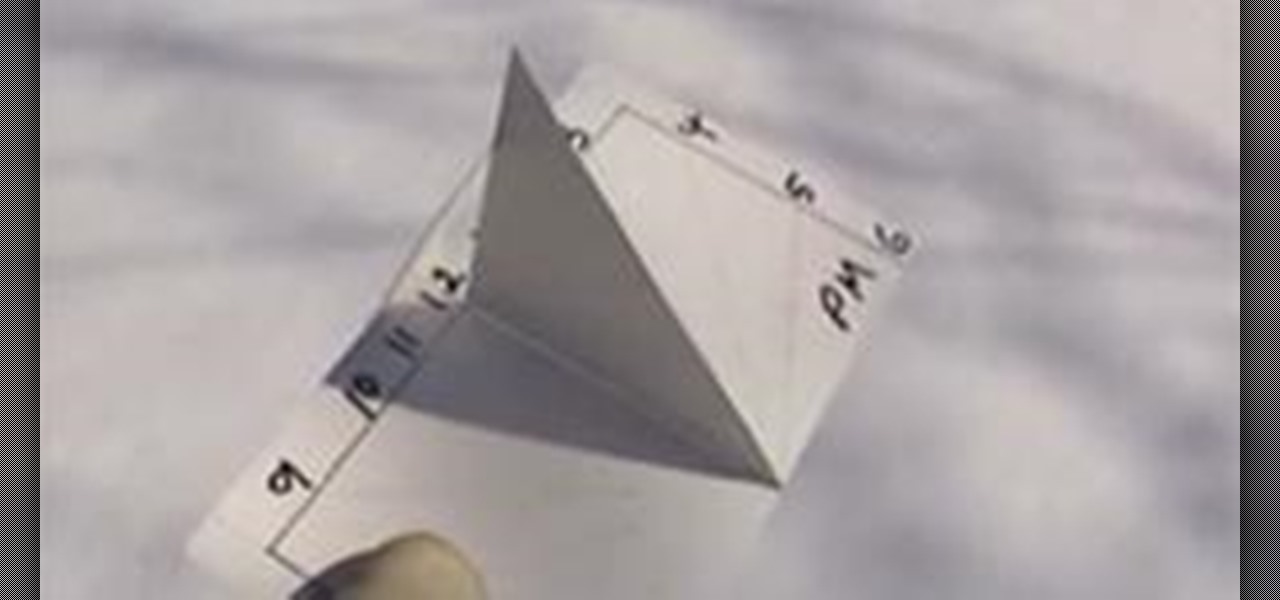
How To: Make a sundial
This video looks at some of the issues around constructing sundials. Included are step by step instructions for building a horizontal sundial and instructions for setting it up. This activity supports both science and math curriculums. A good project providing an opportunity to use protractors and rulers. The sundial example in this video is designed for use at latitudes close to 45 degrees north.
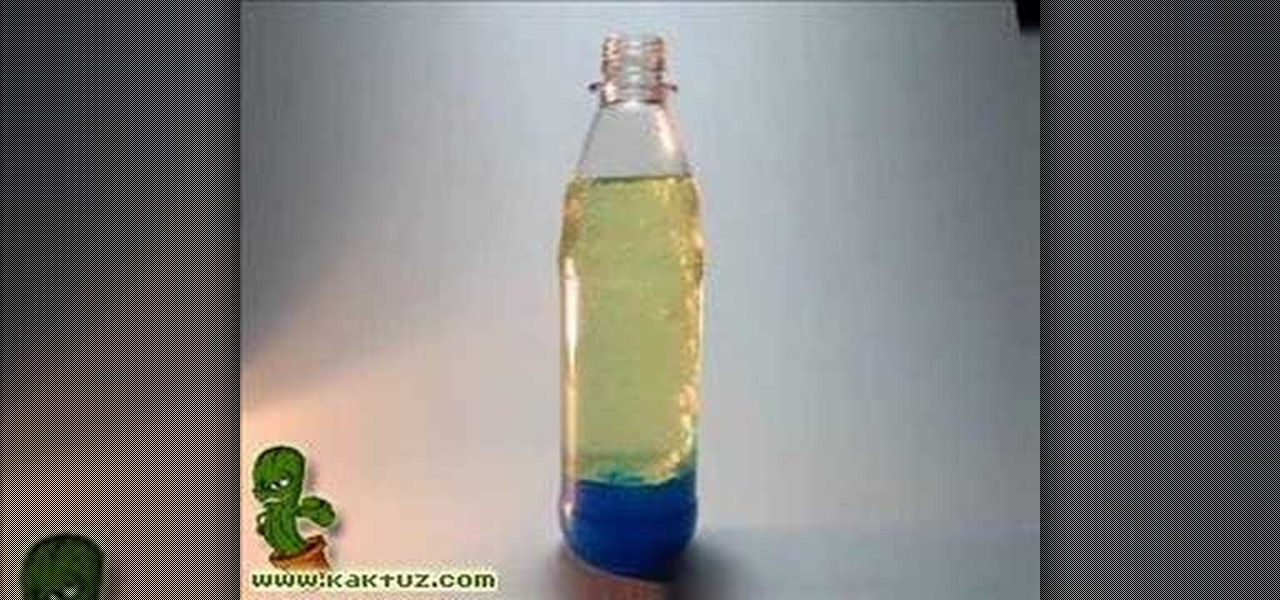
How To: Make a groovy lava lamp
It is time to get your apartment groovy and retro decor without having to spend very much money at all. This is an easy way to make a lava lamp.

How To: Put in a central line
This video is tips and tricks for emergency room medicine practitioner. It demonstrates how to put in a central line, and demonstrates different tools.

How To: Make a compass from a needle
This video demonstrates a science experiment. It shows how to make a compass from a needle. Great video for children that are bored, this will give them something to do. Make a compass from a needle.

How To: Make an electromagnet
This video shows how to make an electromagnet and pick up some metal objects with it. A great project to do with your children. It will keep them away from the TV and even teach them something.

How To: Convert from Celsius to Fahrenheit
This tutorial teaches how to convert from Celsius to Fahrenheit. It teaches the handy equation that everyone should know to convert degrees in Celsius to degrees in Fahrenheit.

How To: Make H2O and CO2
Baking soda and vinegar chemical reaction that results in H2O and CO2. More demonstration than instruction, this video does show you the grade school experiment of putting vinegar and baking soda together. Make H2O and CO2.
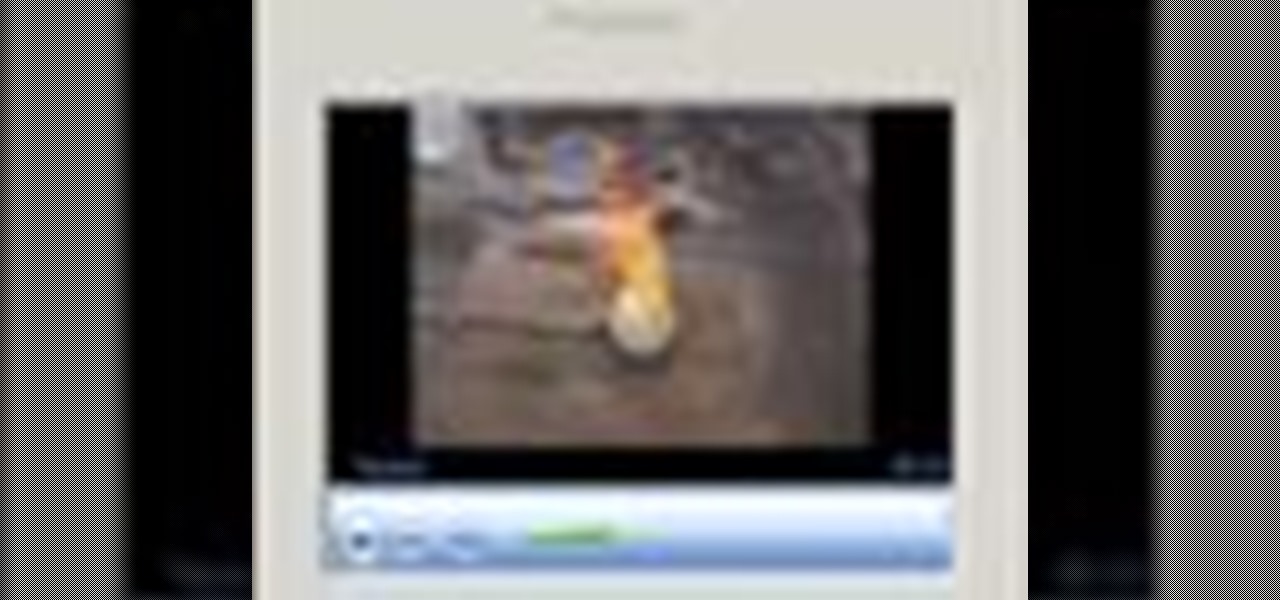
How To: Make 950 Platinum Ruthenium Alloy
Filmed at Kraftwerks from PM West, Robert Lumabao demonstrates how one refiner makes beautiful and reliable platinum casting grain. By utilizing hydrogen, a spectacular light show of molten platinum is carefully blended with pure ruthenium. Come let Robert show you how to make a 950PT/RU alloy! Make 950 Platinum Ruthenium Alloy.
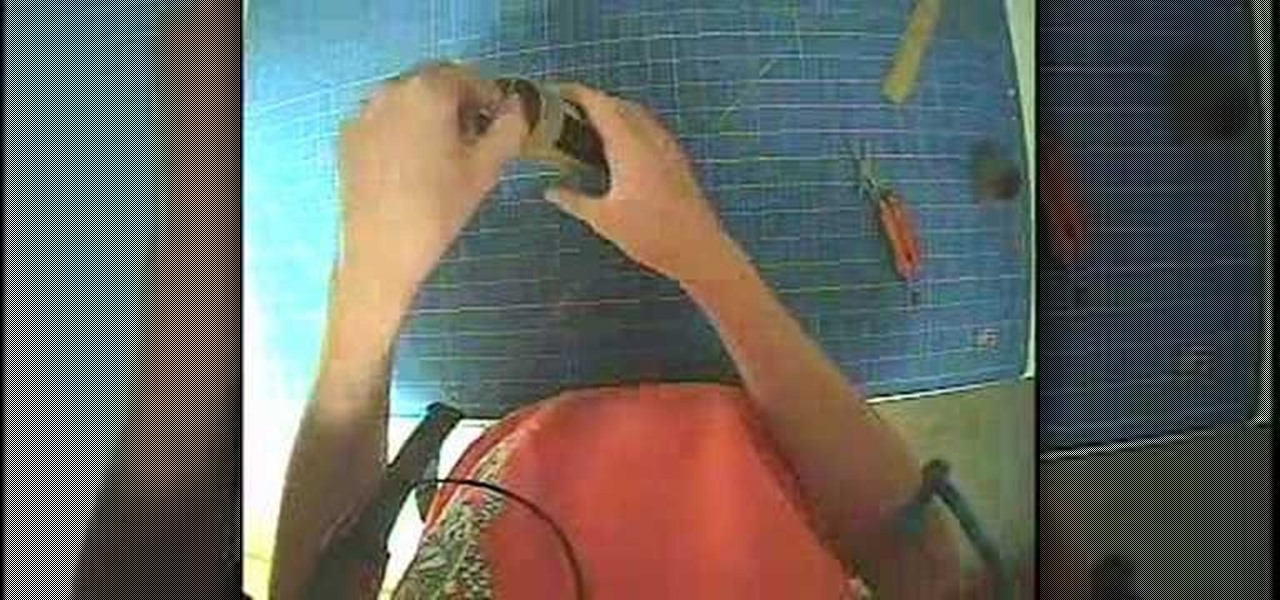
How To: Build a one axis accelerometer
Step by step instructions on how to build a one axis accelerometer out of basic household materials! See how many "G's" of force are being pulled.
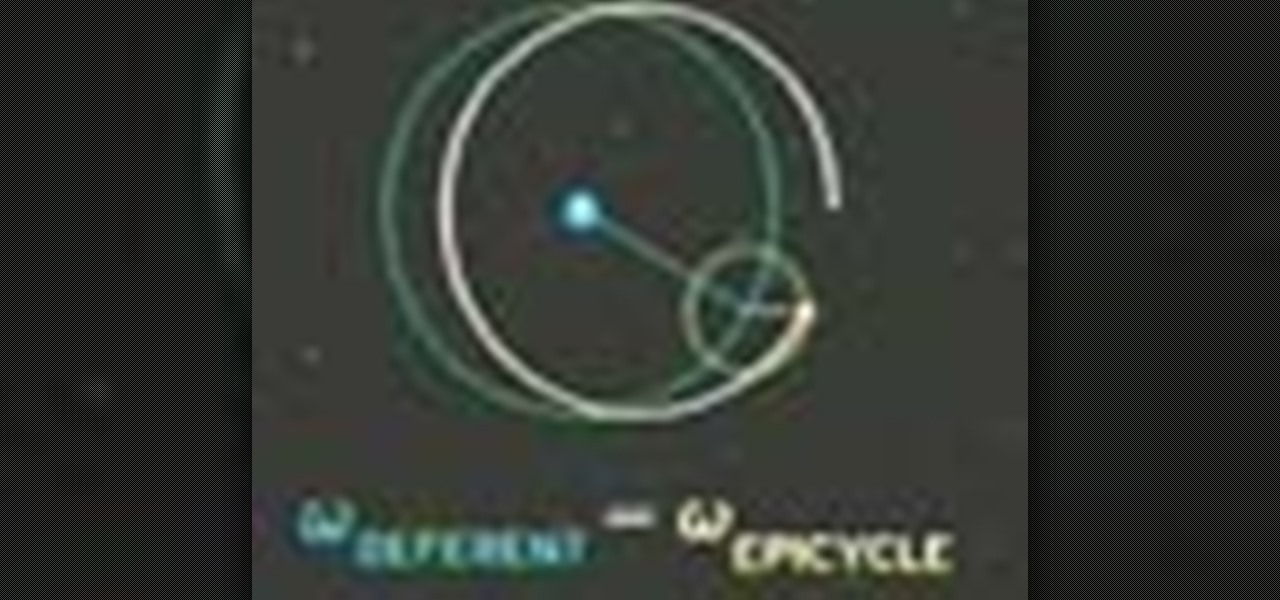
How To: Learn about circular motion
Learn about movement in circles, and how to relate circular motion to the orbit of the moon, and other things in the universe. Learn about circular motion.
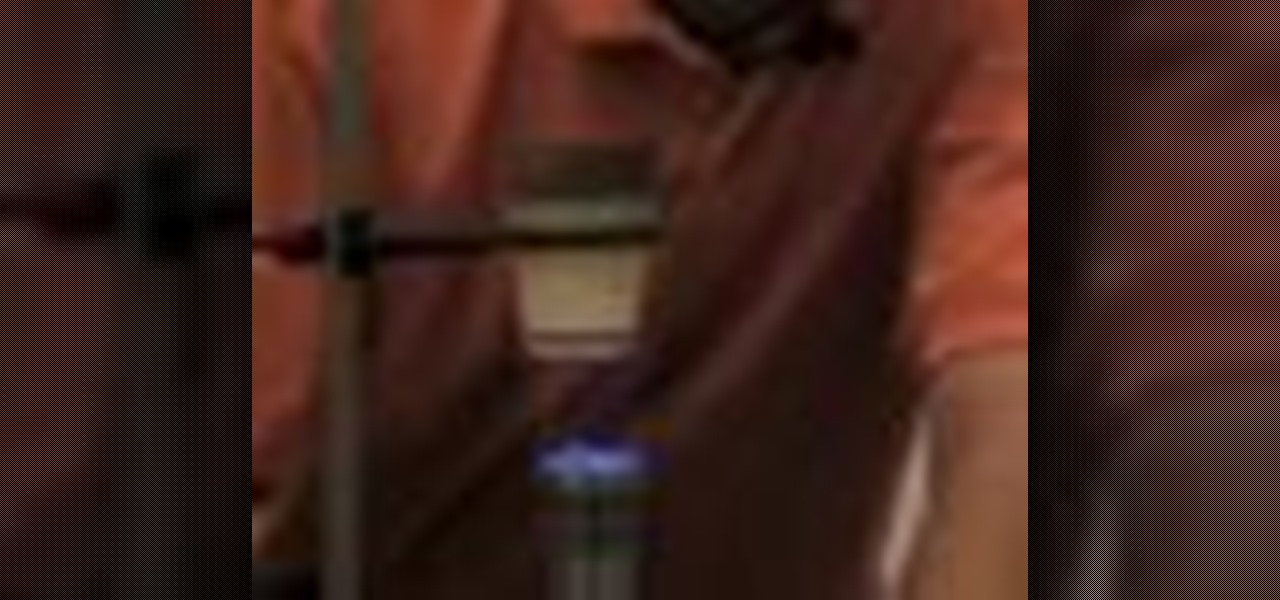
How To: Boil water in a paper cup with thermal conductivity
Learn how heat moves through things, like different kinds of metals, such as zinc, aluminum, copper, tin, lead, and iron. This is known as thermal conduction. You can also see how to boil water in a paper cup with the principle of thermal conductivity. This is a great tutorial on how to understand thermal conduction, perfect for all you Mr. Wizard fans...
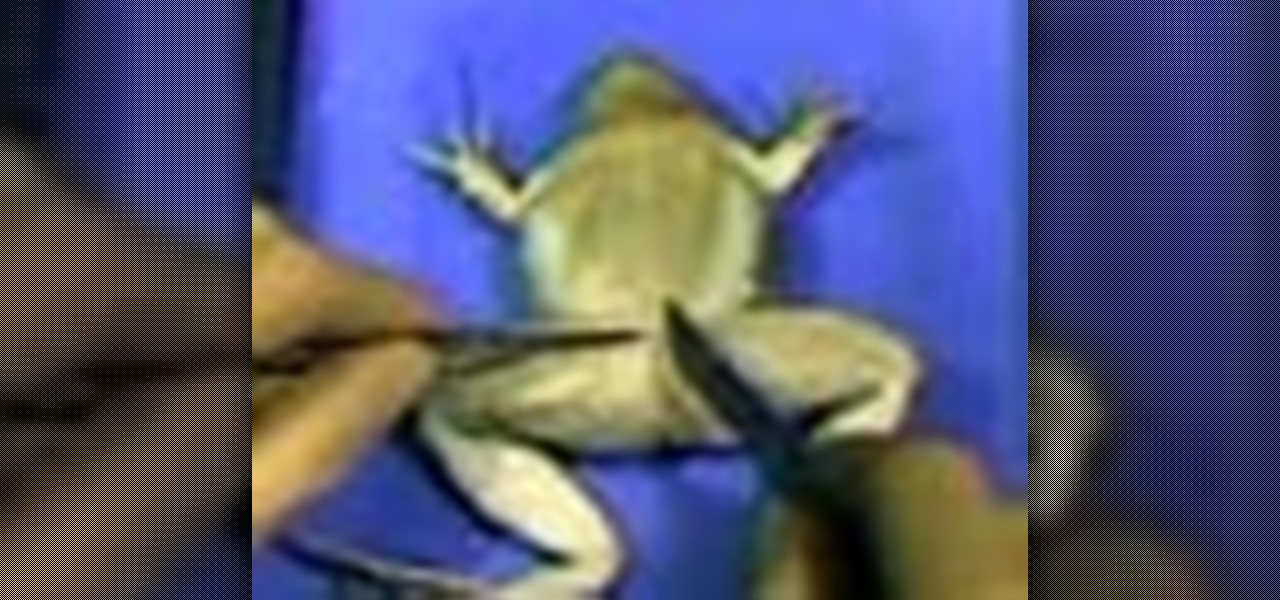
How To: Make an incision when dissecting a frog
See how to virtually dissect a frog without having to smell the formaldehyde. Net Frog guides you through a frog dissection that you can use as practice before or instead of an actual dissection. Please note: each step of the dissection is it's own video. Finish the step, then proceed to the next video!
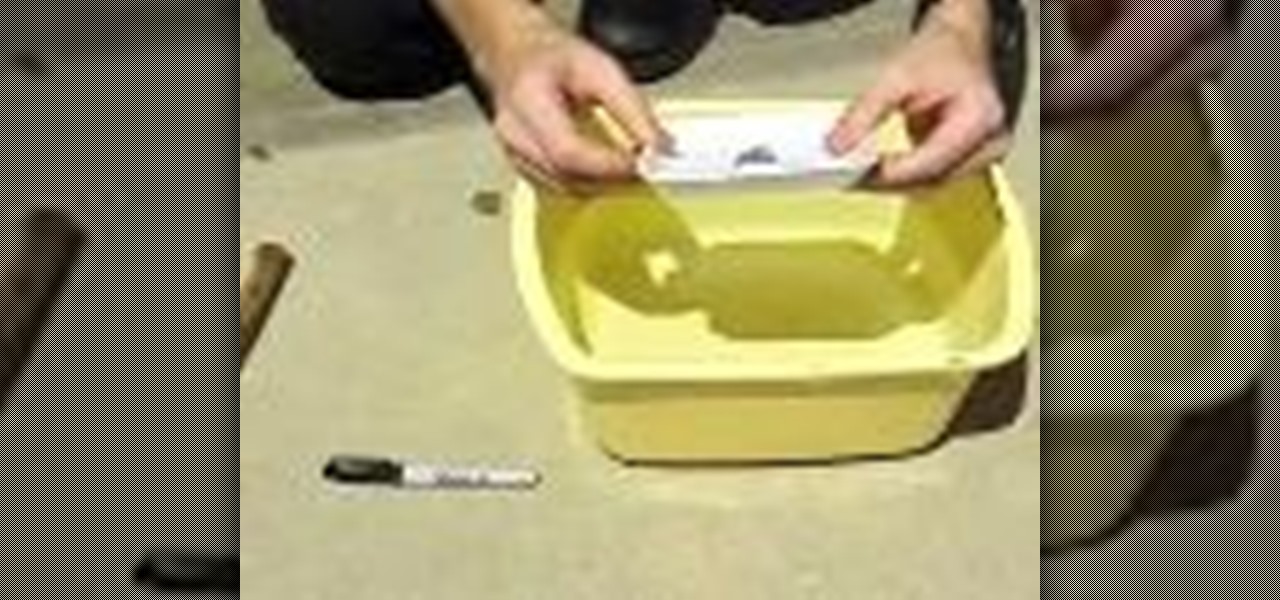
How To: Make a compass with a magnet
See how to make your very own compass using an amazing earth magnet. We don't, however, recommend taking it on your next hike.

How To: Predict the weather
If you have ever been baffled at how someone is able to tell you on Tuesday that it will rain on Friday then take a look at this video series. Our expert, Melissa Schenk, is a weather anchor for a television station in Canada. She will show you every aspect of how she goes about predicting the weather. The tools and resources she uses, the details and information you need to know to do it yourself and she even a behind the scenes look into the station where she works are all a part of this in...

How To: Do the balancing butterfly science experiment
In this instructional video clip series, our expert will demonstrate a children's science experiment that explains and properly displays the variations on the center of gravity for a particular mass. In the series, the popular science fair and science class demonstration known as the “Balancing Butterfly” will be explained. Teach your children a very simple lesson in physics or help them duplicate the project for school with this easy to follow collection of videos outlining the project from ...

How To: Do water's skin or surface tension experiment
While the concepts of molecule interaction, zero force and energy states might be a little beyond an elementary school science fair's scope, the basic idea of water's capabilities and naturally prepared access to animals and insects that rely on it as a habitat is certainly worth the time. Learn how to duplicate this natural phenomenon in this free video clip series with our expert Scott Thompson as he demonstrates the occurrence of water skin or skin tension, and shows you and your children ...

How To: Do the ocean in a bottle experiment for kids
This video series will show you detailed instructions on how to create your own homemade ocean in a bottle as a fun and cool science experiment using everyday items in your home. It will show you exactly what supplies you will need to build it and how to assemble and demonstrate it. If you're looking for an interesting and fun experiment for a science fair or any other school project this is a great series for you!

How To: Do Bernoulli's theorem experiment
In this series of educational videos you'll learn how to perform a science experiment using everyday household items that demonstrates Bernoulli's theorem. Expert science instructor Scott Thompson shows you how to use a plastic bottle, ping pong ball, shop vacuum and a golf ball to illustrate the physical force of air pressure on an object. It’s the basic principle of physics that keeps birds and airplanes in the sky.
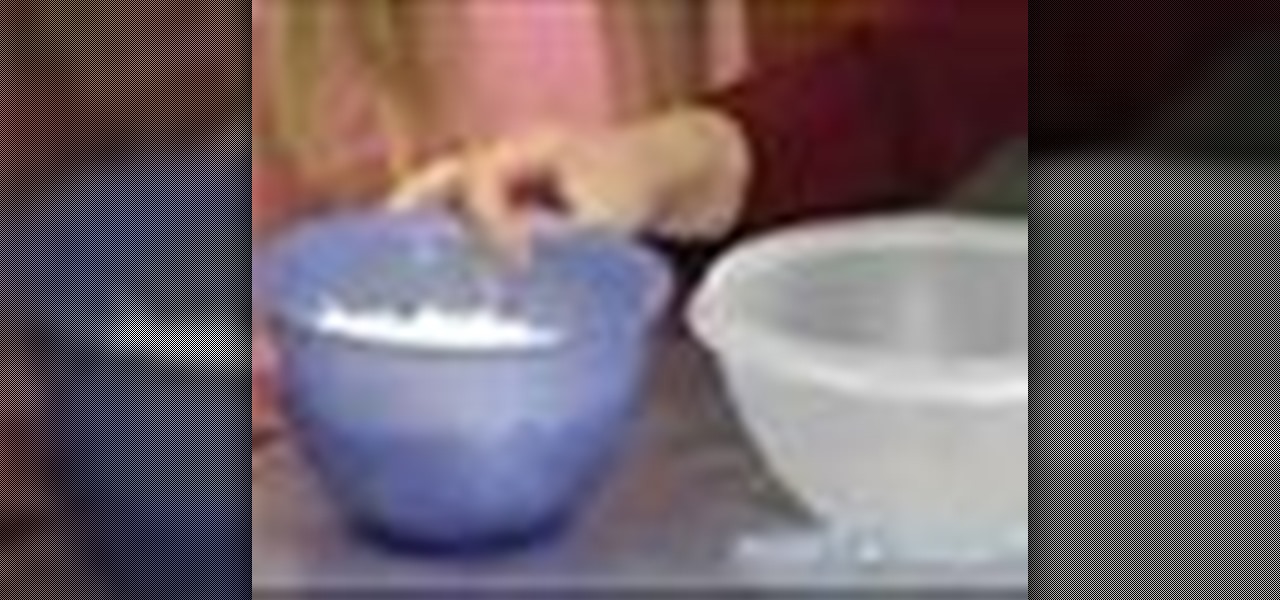
How To: Do science projects with children
Expert homemaker and educator Karen Weisman teaches how to do fun science projects for children right at home. She teaches how to make ooze, foam, film canister rockets, flubber, virtual vomit, melting witches, rubber bones, and how to do water magic. Also, Karen explains the ingredients necessary for each project and the scientific importance of each project. These videos are fun, educational, and free, so start having fun while learning today!







